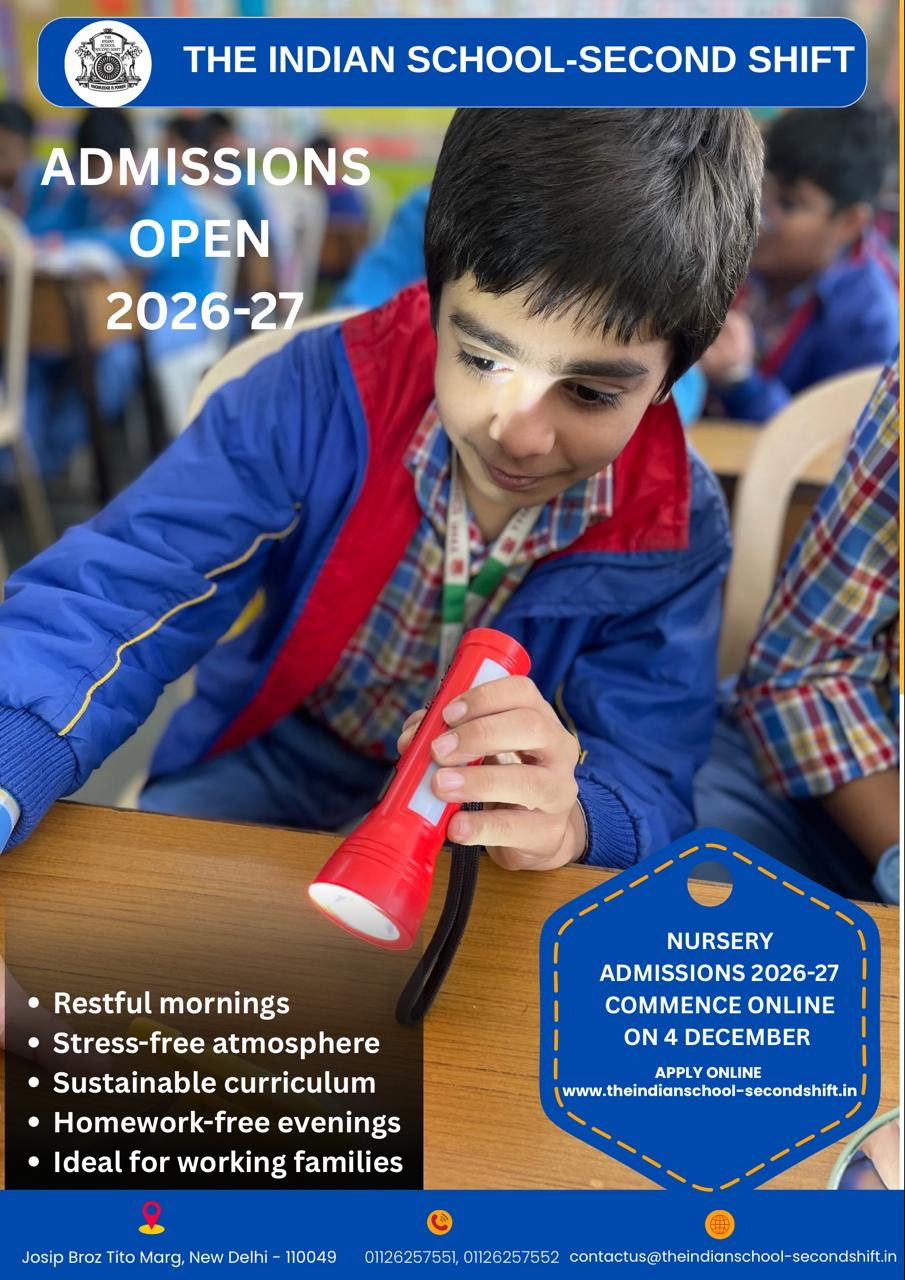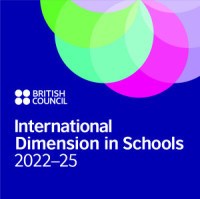"Back to the Moon" at Nehru Planetarium
India's second mission to the Moon, Chandrayaan-2 was launched on 22nd July 2019 from the Satish Dhawan Space Centre, Sriharikota. Chandrayaan-2 mission is a highly complex mission, which represents a significant technological leap compared to the previous missions of ISRO, which brought together an Orbiter, Lander, and Rover with the goal of exploration of the South Pole of the Moon. It was a unique mission that aimed at studying not just one area of the Moon but all its areas combining the exosphere, the surface as well as the sub-surface of the Moon in a single mission. The Orbiter which was injected into a lunar orbit on 2nd September 2019, carries 8 experiments to address many open questions on lunar science.
To celebrate the significant date in the category of Lunar Exploration, students of The Indian School - Second Shift visited Nehru Planetarium on 22 July 2022.



The programme there started with a special dome show screening the Moon missions and a sky view. The sky theatre gave the viewers a real life experience of space travel and exploration. The students were mesmerised upon glimpsing zodiac signs, the constellations and various stages of rocket launch and landing on the Moon. They were also told about the various space missions like the Apollo 11, Chandrayaan 1 , Chandrayaan 2 and India's future mission to the Moon, vis., Chandrayaan 3.
After the dome show the resource person Mr. Arjun Gulliya, Science Communicator from the STEM and Space Organisation briefed the students about India's future prospects with regard to space missions. He also explained the reason for the Moon being valuable for space exploration. He spoke about the various missions to the Moon and the achievements of Chandrayaan 1 & Chandrayaan 2 and the plans for Chandrayaan 3. Mr Guliya pointed out areas on the Moon where other landings took place and also the famous Moon craters on a life size map of the Moon.
The programme concluded with an exchange of ideas and a question-answer round. The curiosity of the students was well handled by Mr Guliya! Such programmes greatly help to develop a scientific temperament and motivate students to have innovative ideas and a new zeal to help India advance in science.













